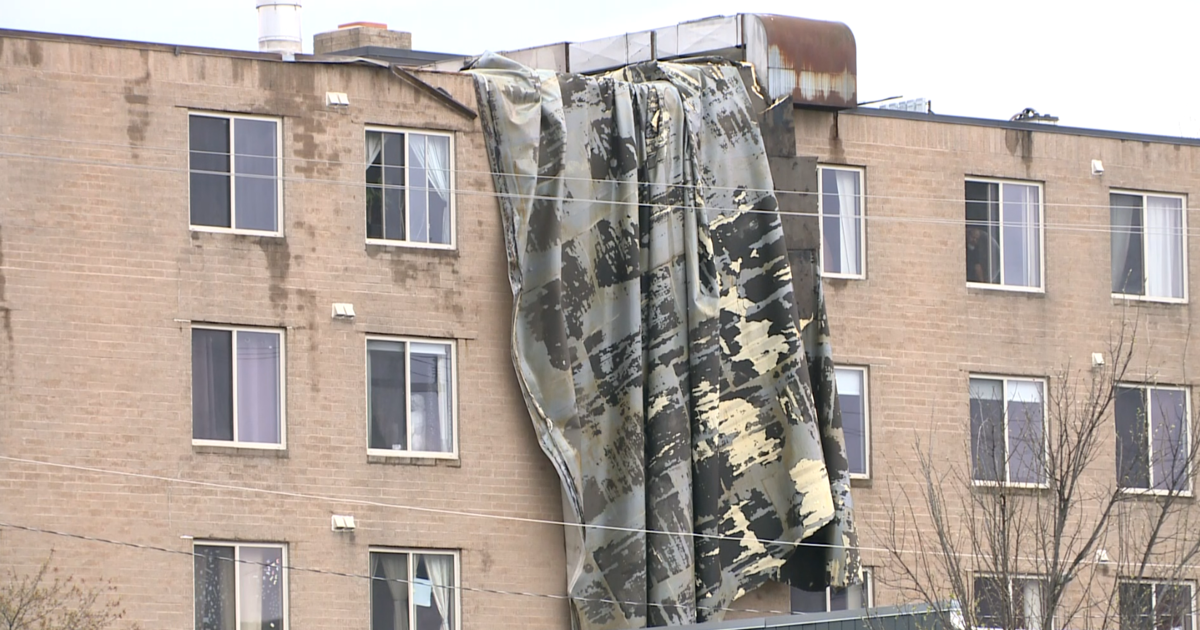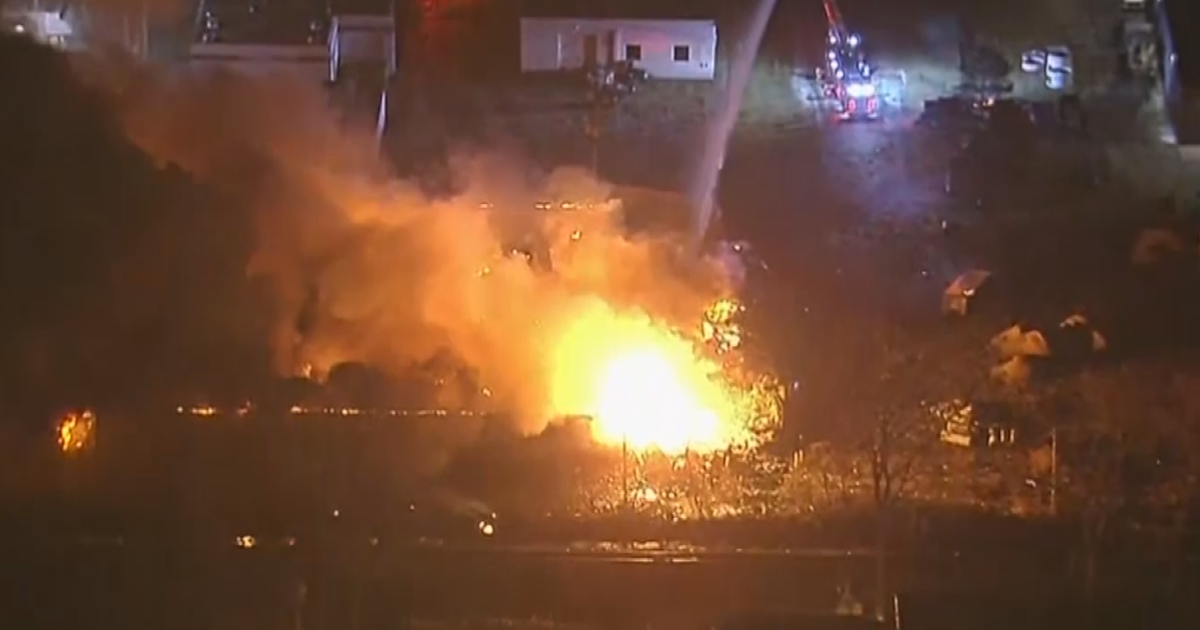Gulf Slick Dissipates, But Where's Oil Going?

In the nearly two weeks since a temporary cap stopped BP's gusher at the bottom of the Gulf of Mexico, not much oil has been showing up on the surface of the water. Scientists caution that doesn't mean the crude is gone.
There's still a lot of it in the Gulf, though no one is sure quite how much or exactly where it is.
"You know it didn't just disappear," said Ernst Peebles, a biological oceanographer at the University of South Florida. "We expect that is has been dispersed pretty far by now."
Jane Lubchenco, the head of the National Oceanic and Atmospheric Administration, said government and independent scientists have been working hard to figure out where the oil might be, but don't yet have numbers. Some is still washing up on beaches and in coastal wetlands, but not in the quantities it was a few weeks ago.
Special Section: Gulf Coast Oil Disaster
Scientists do know that more than 600 miles of coastline has been oiled in the nearly 100 days since the April 20 explosion of the offshore oil rig Deepwater Horizon.
They estimate that between 107 million gallons and 184 million gallons spewed into the Gulf before the cap stopped the flow July 15. The permanent solution, using a relief well to shoot in mud and cement, is still several weeks away.
So far, officials say they have recovered 34.6 million gallons of oily water using skimmer boats and burned about 11.1 million gallons off the sea surface.
So where's the rest?
Scientists are worried that much of it has been trapped below the surface after more than 770,000 gallons of chemical dispersant were used to break up the oil a mile deep. They have found evidence of massive clouds of oil suspended in the water.
"What is down there is a smaller particle," said chemical oceanographer John Kessler from Texas A&M University. "You can't think of it as thick, nasty crude."
Kessler sampled the waters around the broken well and found high natural gas levels more than 3,000 feet below the surface and miles-long underwater oil plumes.
Scientists want to know how fast the oil is being eaten by microbes, how fast it is being diluted, whether it is sinking to the bottom and where it is being carried off to. Scientists say large amounts of oil trapped in the subsurface could contaminate the food chain and deplete oxygen.
Lubchenco, a marine scientist, said the oil was not sinking to the bottom.
"As far as we can determine it is primarily in the water column itself, not sitting on the seafloor," Lubchenco said.
She also said the oil beneath the surface appears to be biodegrading very quickly, which she called a good sign.
Thomas Bianchi, a geochemist and oceanographer at Texas A&M University, said that because the dispersants have pushed oil underwater, scientists may be past the point where they can track it from the air.
"Now it's time to look at the molecular and microbial food web," he said. "We may be beyond people in white suits and booms."
He added: "There's no way to clean up water at that level in a large basin like the Gulf or these estuaries. You have to live with nature's ability to clean it up."
© MMX The Associated Press. All Rights Reserved. This material may not be published, broadcast, rewritten, or redistributed.



